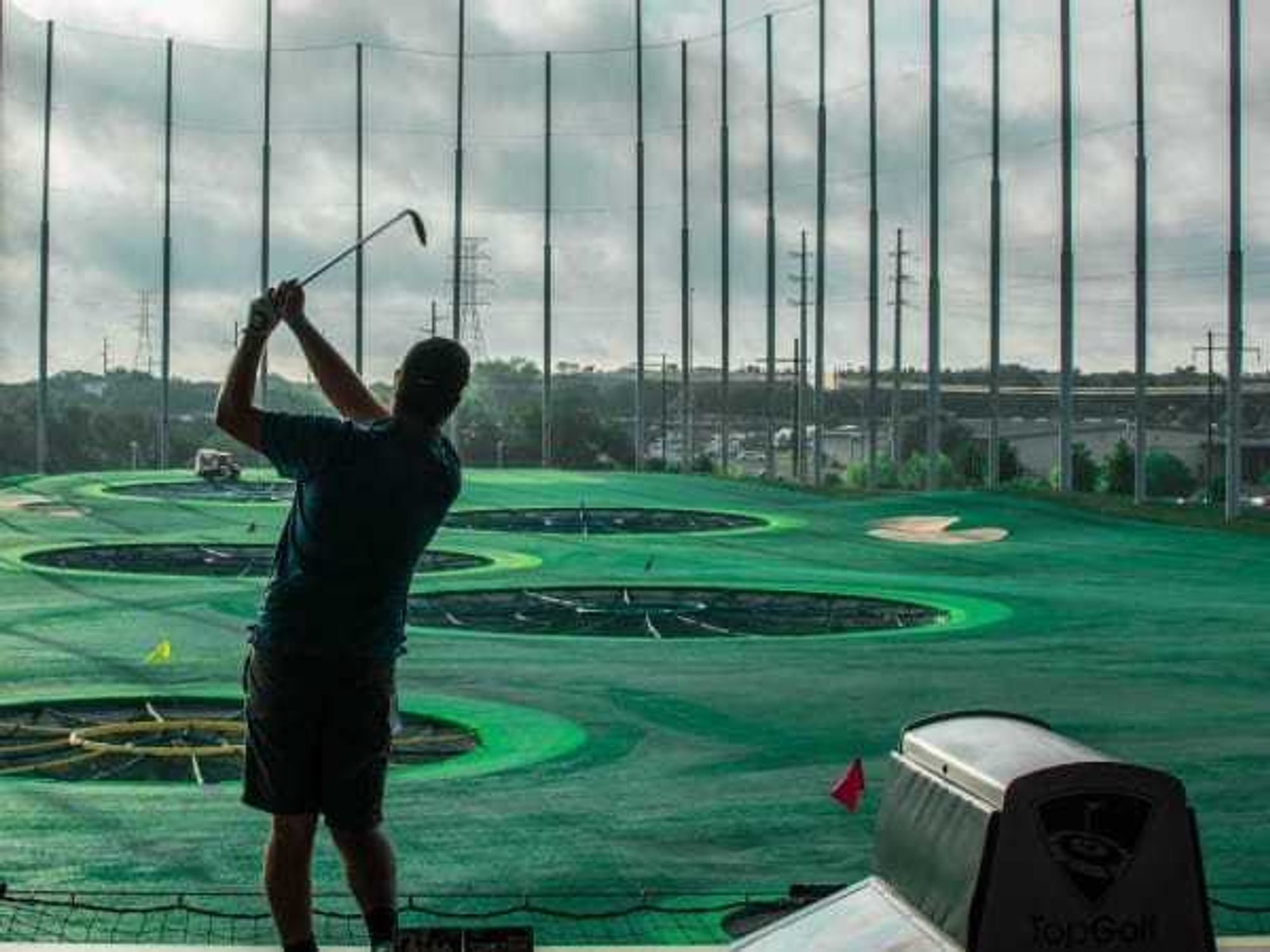Losing urban canopy
Fuel for the fire: Drought is a tree-killer, thousands to die in Austin
 Photo by Kevin Benz
Photo by Kevin Benz Photo by Kevin Benz
Photo by Kevin Benz Photo by Kevin Benz
Photo by Kevin Benz Photo by Kevin Benz
Photo by Kevin Benz
"I've never seen anything like this in 23 years of working for this agency, even big trees are dying."
Pete Smith is the Urban Forestry Partnership Coordinator for the Texas Forest Service. He said this during an interview last week, before the wildfires burned rampant. Speaking to him, you can hear the deep concern in his voice. "This is a statewide event, all areas of Texas are affected and all show signs of extreme stress."
As if we needed a reminder, trees are made of wood and wood burns. As trees dry out, they become more susceptible to fire. "The dead material is fuel, and that fuel makes wildfires exceeding difficult to control," Smith said.
That point was obvious this week. Check out this video recorded by the Texas Parks & Wildlife Department in Bastrop State Park on Monday. It clearly shows a fast moving brush fire exploding through dry trees. "One natural disaster triggers another," Smith said prophetically.
Austin has a bit of a love affair with trees, and Texas is home to billions of them. There are 663 million in the five counties surrounding Houston alone (based on a 2002 study); 84.5 million within the Houston city limits. We mention Houston, because that's the only region that has conducted a full scale, region-wide satellite-based count.
A 2008 tree count in Austin estimated just over 150,000 public trees in the city (only those on city streets and in parks) and valued their replacement at $374 million. Those trees save the city an estimated $10 million each year based on energy savings from the shade—storm-water protection from the roots—air quality improvement from the leaves, and aesthetic value.
"There is no way to know how many trees will die," Smith said.
While there may be no way to predict how many, Austin will lose a lot of trees due to drought. No study has been done estimating tree mortality from drought, mostly because death may occur over a long period of time. "We'll be seeing trees die for the next four, five, six years due to this drought," said Mickey Merritt, a TFS Regional Forester. "If we were only to lose one percent of the trees alive today, if just one tree of every ten were to die, that's still a lot of trees."
Indeed. That would mean 15,000 dead trees in Austin's public places alone, 6.6 million around Houston. "We will have to plant a lot of trees to make up for it," warned Smith. And the impact will be felt for years beyond just the cost to cut down and chip up the dead trees.
The Urban Tree Canopy, as it's called, is responsible for lowering the temperatures in our downtown environment. "Fewer trees mean less of a cooling effect from the shade. That leads to higher energy bills and warmer urban areas," said Smith.
Gaps left by dead trees allow other invasive species to grow; birds find fewer appropriate trees to nest in, small animals have fewer places to hide, brush and grass (more fire-fuel) grow thicker and taller, making it harder for tree seeds to sprout. It's an unholy circle of death.
There is still some hope. "It's not too late to have hope and save trees of value," said Smith. The Texas Forest Service released a video (seen below) and instruction sheet on how to water your trees, and help them get through the drought.
Of course you have to follow your City's watering regulations.
Watering your trees is no sure cure, but it will raise the chances of your valuable shade tree making it through the rest of this drought.
